Have you ever poked around your family tree and run across a line of people with Swedish names such as Lars Andersson, Karen Svensdotter, Britta Johansdotter, and Per Lindström? Were you confused when the family surname changed a lot? Why didn’t Nils Hansson and his father, Hans Eriksson, share a surname? Something must be wrong! Right?
In fact, what is going on here is a classic case of patronymics (except in the case of Mr. Lindström). A patronymic name is one that is created when a prefix or suffix is attached to the father’s name. For example, the patronymic name Hansson can be broken into two parts: Hans and son. This patronymic means that someone with the surname Hansson was the son of Hans.
In this article, we will untangle the naming customs of Sweden with the aim of helping you understand your Swedish genealogy problems! We will also look into the most common Swedish surnames and explain the meaning behind them. Understanding patronymics—and some related pointers outlined below—will go a long way in sorting out and solving your Swedish genealogy problems.
What Is the Difference Between a Last Name and a Patronymic?
Throughout history, cultures have used different naming practices to distinguish one person from another and to designate people belonging to the same family. A surname or last name is “the name borne in common by members of a family.” A patronymic surname is “a name derived from that of the father or a paternal ancestor.”
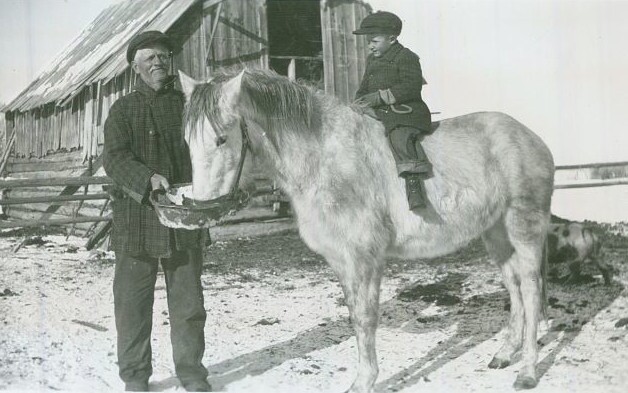
In Europe, the practice of attaching a surname to a given name began to be standard toward the end of the Middle Ages. Many surnames were descriptive in one form or another. They were often derived from an occupation (for example, Baker, Smith, or Miller), a nearby location (such as Hill, Wood, or Hamilton), or a characteristic (for example, Brown, Strong, or Young).
Another method of creating a last name was to use the father’s first name and attach a prefix or suffix that denoted the relationship. William, the son of John, became William Johnson. This is the patronymic system described above, which became the norm in Sweden and other Nordic countries.
Swedish Patronymics
So now we understand that Swedish names such as Andersson, Hansson, and Olofsson came from the father’s name plus “son,” but what about Johansdotter, Svensdotter, and Andersdotter? That’s easy—“dotter” simply indicated that the person was the daughter of Johan, Sven, Anders, or whatever the case may be. Because of this pattern, male and female siblings would have had similar but different surnames. That is, if Per Andersson had a son and a daughter, their last names would have been Persson and Persdotter, respectively.
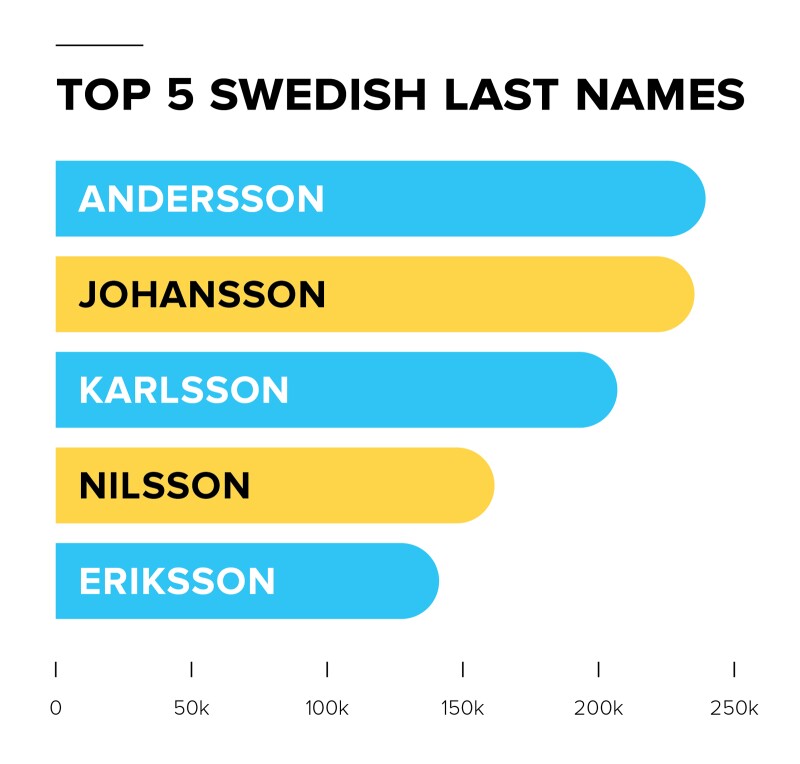
In England and Wales, a family may have adopted a patronymic surname (such as Johnson) that stuck through the generations, but in Sweden (and other Nordic countries) the patronymic name most often changed with every generation. For example, Hans Persson was the son of Per Andersson, and Per was the son of Anders Johansson. In Denmark and Norway, the suffix -sen was used, but in Sweden, people preserved the possessive -s and used the suffix -son, so the son of Olof would be Olofsen in Denmark and Olofsson in Sweden. This is a simple way to tell if a patronymic came from Sweden or from a different Nordic country.
Another important naming convention in Sweden was that a woman did not adopt her husband’s surname upon marriage but kept her own patronymic birth name. So, if Karen Persdotter married Hans Andersson, she did not become Karen Andersson, but remained Karen Persdotter throughout her life.
When children were born out of wedlock in Sweden, the naming convention was less clear. They may eventually have adopted a patronymic name based on their biological father’s given name, but the child could also have adopted a surname based on the mother’s patronymic name. For instance, if Lars was born out of wedlock to Stina Andersdotter, then Lars could have been known as Lars Andersson. In rare instances, the child may have used a matronymic name (that is, Lars’s surname could have been Stinasson). Check out this FamilySearch Research Wiki article for tips on finding an unknown father in Swedish genealogy.
13 Common Swedish Patronymics and Their Meanings
This list is compiled from common Swedish surnames taken from the Statistiska Central Byrå at the end of 2019. Names that are very similar, such as Karlsson and Carlsson, were collected under the most common of the two surnames.
This list shows how large a part patronymic surnames have played in Swedish naming and genealogy!

1. Andersson
- First Name Derived From: Anders, Andreas
- Meaning: Anders is the Scandinavian form of Andrew, which means “manly, masculine.”
2. Johansson, Jansson, Jonsson, Hansson
- First Name Derived From: Johan, Jan, Jon, Hans
- Meaning: Johan and Hans both come from the Greek Ioannes, which means “God is gracious.”
3. Karlsson or Carlsson
- First Name Derived From: Karl or Carl
- Meaning: Karl is the Scandinavian form of Charles, which is associated with masculinity.
4. Nilsson, Claesson, Klasson
- First Name Derived From: Nils, Claes, Klas
- Meaning: Nils and Klas are both Scandinavian forms of Nicholas, which means “victory of the people.”
5. Eriksson
- First Name Derived From: Erik
- Meaning: Erik comes from the Old Norse name Eiríkr, which means “ever the king.”
6. Larsson, Lauritsson
- First Name Derived From: Lars, Lauritz, Laurits
- Meaning: Lars is derived from the Roman name Laurentius, which comes from the Latin word for “laurel.”
7. Olofsson, Olafsson, Olsson, Olesson
- First Name Derived From: Olof, Olaf, Olav, Ole, Ola
- Meaning: Olaf comes from the Old Norse name Áleifr, which means “ancestor’s legacy.”
8. Persson, Pettersson, Petersson
- First Name Derived From: Per, Pär, Peter, Petter
- Meaning: Per and Peter are derived from the Greek Petros, which means “stone.”
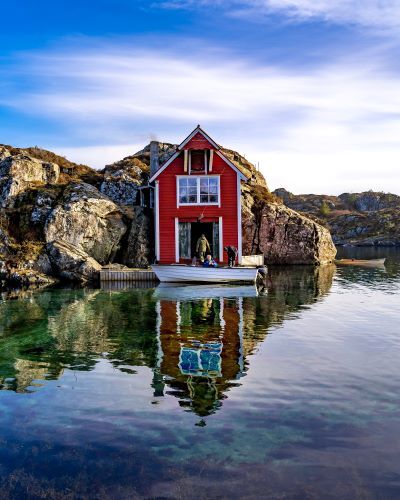
9. Svensson
- First Name Derived From: Sven
- Meaning: Sven comes from the Old Norse name Sveinn, meaning “boy.”
10. Gustafsson
- First Name Derived From: Gustaf
- Meaning: Gustaf appears to come from the Old Norse words gautr and stafr. It may mean “staff of the Geats.” The Geats were a North Germanic tribe that lived in Sweden.
11. Bengtsson
- First Name Derived From: Bengt
- Meaning: Bengt comes from the Latin name Benedictus, which means “blessed.”
12. Jakobsson, Jacobsson
- First Name Derived From: Jakob, Jacob
- Meaning: Jacob is a biblical name meaning “holder of the heel, or supplanter.”
13. Magnusson
- First Name Derived From: Magnus
- Meaning: Magnus is a Latin name that means “great.”
End of the Patronymic System
As society changed in the mid-to-late 19th century with increased industrialization, migration into cities, and emigration, the conventions surrounding Swedish surnames also changed.
Members of the clergy or nobility would sometimes adopt nonpatronymic surnames. By the beginning of the 17th century, this practice had become so common that clergy and nobility generally stopped using patronymic names.
Soldiers were another group who adopted nonpatronymic names, at least during their military service. This practice was key to differentiating between men who bore the same name. If a unit had 3 Johan Anderssons and 3 Anders Johanssons, things would get very confusing really quickly. If a Johan was really strong and another was really fast, they might become Johan Stark (meaning “strong”) and Johan Flink (meaning “swift”) to distinguish between them. A soldier may have kept the nonpatronymic surname throughout his life or may have dropped it when he left the military. In some instances, children may have used the father’s soldier surname, but in most cases, they used the patronymic system.
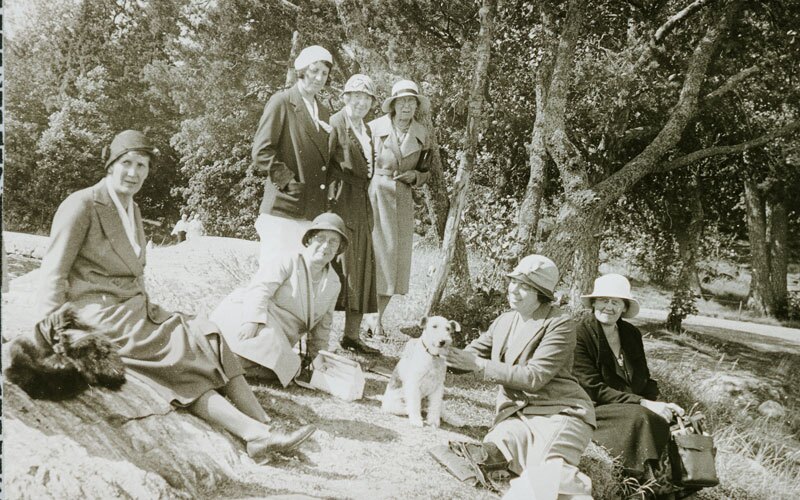
In the late 19th century, more people began to choose family names to pass down to every generation instead of patronymic names. Sometimes, they chose to continue using the same patronymic. For example, Johan Andersson gave his children Agnes and Per the last name of "Andersson" instead of what would have been their patronymics of "Johansdotter" and "Johansson." Other people made up new surnames, called ornamental surnames, for themselves.
During this transition period between patronymics and steady surnames, siblings may have chosen different surnames. For example, siblings Agnes Johansdotter and Per Johansson decide to choose surnames for themselves. Agnes chooses "Johansson" instead of "Johansdotter," but Per chooses "Andersson," to have the same surname as his father, Johan Andersson. Looking at records, you may see "Agnes Johansson" and "Per Andersson" and believe that they aren't related when they are, in fact, siblings! It is also important to remember when doing genealogical research that the same person may have used different surnames throughout his or her life, so the surname may not always be consistent across historical records.
Women began taking their husband’s patronymic surname upon marriage rather than keeping their own patronymic. As Swedes migrated to foreign countries, they frequently modified their surnames to be more closely aligned with the language of the new culture.
In 1901, Sweden passed the 1901 Names Act, a law regulating surnames. Everyone was required to adopt a fixed surname rather than continue to use patronymics that changed in every generation. The law also instituted a legal process of changing names. Before, people could change their name whenever they wanted to without having to do any paperwork or go before a court.
The fact that surnames could change so much serves as a reminder when you are researching, it is vital to rely upon multiple details—relationships, residences, occupations, vital dates, and so on—to uniquely identify an ancestor.
Ornamental Surnames
When Sweden began moving away from patronymics, people started creating surnames from beautiful words. Often, ornamental Swedish family names were made of Swedish words relating to nature and other geographical elements that might have been significant for or relevant to that person. Here are some examples of common words used in Swedish ornamental surnames:
| Swedish Word | Meaning |
| Å | small stream or creek |
| Åker | field |
| Al | alder |
| Berg | mountain or hill |
| Björk | birch |
| Blom | flower |
| Ek | oak |
| Fors | waterfall |
| Gren | branch |
| Holm | little island |
| Kvist or Qvist | twig |
| Lind | linden |
| Lund | small forest, grove |
| Malm | sand |
| Ö | island |
| Ström | river or stream |
| Sjö | lake or sea |
| Söder | south |
| Strand | beach or shore |
| Vik | bay |
Ornamental surnames were often made up of one or more of these Swedish words and often related to the type of area the person came from; for instance, people with ström in their name may have lived near a river. Here are some examples of common Swedish ornamental surnames using these elements:
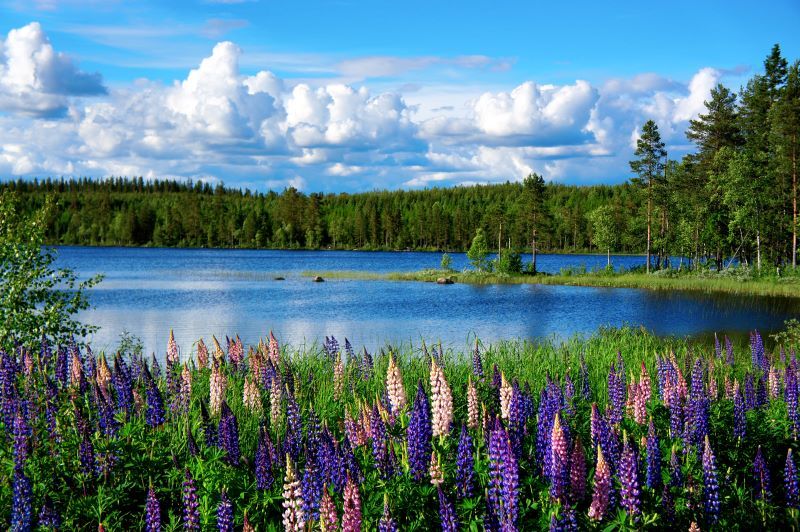
- Ahlin (alder)
- Åkerlund (field grove)
- Bergström (mountain river)
- Björkvik (birch bay)
- Blomstrand (flower beach)
- Ekholm (oak island)
- Forsberg (waterfall mountain)
- Lundgren (grove branch)
- Lundqvist (grove twig)
- Malmström (sand stream)
- Ölund (island grove)
- Sjöstrand (lake shore)
Do you have an ornamental surname? Use our Surname Origin tool to discover more about your surname and the elements from which it was formed.
Spelling of Names
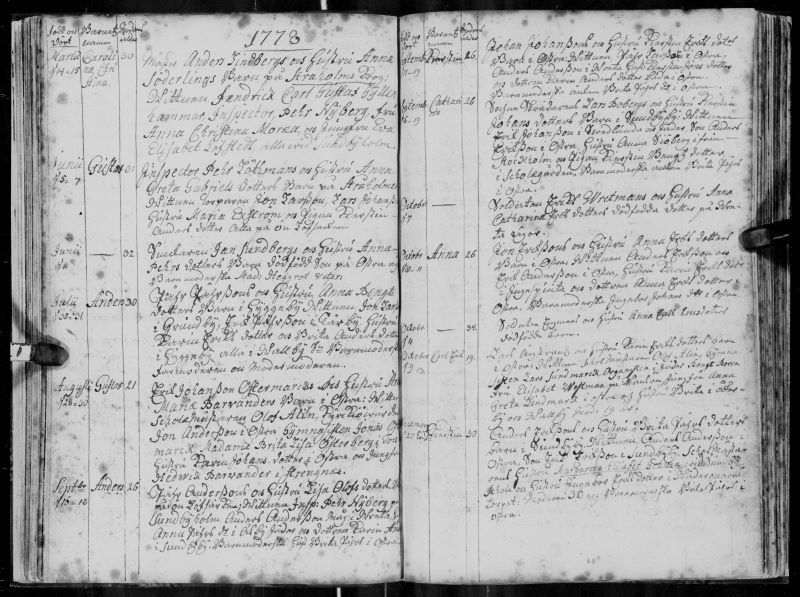
One last note. It is important to remember that although we often think that spelling is set in stone, it was not always so in the past. Clerks often spelled Swedish names phonetically or how they thought the names should be spelled. Similarly, some given names (and therefore patronymic surnames) were interchangeable. For example, the name Peter could have been spelled Petter, Peder, Petrus, Pelle, Per, Pehr, Pär, Päder, or Pähr. In other words, Hans Petersson may have been the same man as Hans Pehrsson, Hans Pederson, Hans Pärsson, and so on.
Don’t let spelling variations be a roadblock! To find common variations of your ancestor’s name, try visiting the Sweden Names page in the FamilySearch Research Wiki or looking up Swedish names on sites such as NordicNames.de.
You can use this knowledge of Swedish surnames to better understand your Swedish family lines. Knowing the ins and outs of Swedish naming practices, you can also be much more successful in discovering your ancestors in Sweden’s extensive genealogy records!
Discover More About Your Swedish Heritage
At FamilySearch, we care about connecting you with your family, and we provide fun discovery experiences and family history services for free. Why? Because we cherish families and believe that connecting generations can improve our lives now and forever. We are a nonprofit organization sponsored by The Church of Jesus Christ of Latter-day Saints. To learn more about our beliefs, click here.




